Let's Share Stories This Holiday Season: Why Sharing Is Important
Sharing stories during the holiday season is important, especially when dealing with grief after losing a loved one or pet. Sharing stories helps keep memories alive, validates their existence, and reinforces the enduring connection.
Read MoreThe Sentimental Sort: How to Cherish Memories While Decluttering a Loved One's Belongings
Decluttering a loved one's belongings is an emotional process that allows you to cherish memories while creating space for healing. It's recommended to start with less emotionally charged areas and create a "memory box" for sentimental items. Inviting a trusted friend or family member for support can be helpful.
Read MoreBuilding a Bridge to Tomorrow: Hope as a Daily Practice
This document, "Building a Bridge to Tomorrow: Hope as a Daily Practice," explores how hope can coexist with grief, emphasizing that they are not opposing forces.
Read MoreThe Greatest Gift: How to Weave Your Story into a Lasting Legacy
Documenting your life story is a meaningful gift of love and connection for future generations. The legacy can take any form - a book, a digital album, a video playlist, or a decorated family tree.
Read MoreStaying Present: A Guide to Navigating Hope and Reality in Anticipatory Grief
This document, "Staying Present: A Guide to Navigating Hope and Reality in Anticipatory Grief," discusses how to navigate the complexities of anticipatory grief, a period characterized by both hope and despair.
Read MoreThe Family Group Chat Guide to Preplanning: Collaborative End-of-Life Decisions
This document, "The Family Group Chat Guide to Preplanning: Collaborative End-of-Life Decisions," suggests using family group chats as an effective, unconventional platform for discussing end-of-life preplanning.
Read MoreBringing Comfort and Cheer: Decorating Your Loved One's Grave for the Holidays
This blog post offers thoughtful ideas for decorating a loved one's grave during the holidays, including traditional decorations, personalized touches, and tips for respectful and eco-friendly adornment.
Read MoreJournaling as a Safe Container for Grief
Journaling can serve as a non-judgmental space to process the overwhelming emotions of loss. The journal acts as a map of healing, showing progress and revealing patterns. When reviewing past entries, the instruction is just to observe.
Choosing a Funeral Home: Why Ownership Matters More Than You Think
This document explains the differences in funeral home ownership and how it can impact the services families receive. This knowledge can help you to anticipate the level of personalization, flexibility, and service a family can expect during the funeral planning process.
Read MoreWeaving Their Memory into the Fabric of the Holidays: Meaningful Ways to Honor Your Loved One
The document, "Weaving Their Memory into the Fabric of the Holidays: Meaningful Ways to Honor Your Loved One," offers advice on how to cope with the absence of a loved one during the holidays by inviting their memory and spirit into celebrations. It emphasizes that honoring someone is a personal act, not about recreating the past, but finding new ways to acknowledge continuing love.
Read MoreFinding Your Way Through the Holidays: A Gentle Guide for the Grieving Heart
Grief does not take a holiday and that it is "okay" to feel sadness, miss traditions, and not be filled with cheer. Your feelings are valid, and self-compassion is essential.
Read MoreRelocating a Loved One's Remains: Navigating the Process
The process of relocating a loved one's remains may be necessary due to family relocation, consolidating burial plots, or changes in cemetery ownership.
Read MoreWhen Gratitude and Grief Share a Seat at the Table: Finding Meaning in a Difficult Thanksgiving
During Thanksgiving, the directive to "be thankful" can be painful after a loss. We can find ways to reframe the holiday to allow gratitude and grief to coexist.
Read MoreThe Conversation That Eases Tomorrow’s Burden: A Guide to Discussing Final Wishes
End-of-Life decisions while difficult, prevent uncertainty and ensure personal wishes are honored. Is is not a conversation about death, but an act of love and clarity for loved ones.
Read MoreHow to Support a Grieving Friend: Beyond
When supporting a grieving friend move beyond generic offers of help to providing specific, tangible assistance. Be present and listen without judgment while offering concrete help.
Read MoreHolding Their Little Hands: A Gentle Guide to Helping a Child Grieve
This document, "Holding Their Little Hands: A Gentle Guide to Helping a Child Grieve," provides advice for adults on supporting children through loss. It emphasizes that children grieve differently and need honesty, patience, and validation of their feelings.
Read MoreThe First 48 Hours: A Guide for Adult Children After a Parent’s Death
The first 48 Hours after a parent’s death can be divided into two 24-hour segments to help manage both emotional processing and practical responsibilities.
Read MoreVeterans' Funeral Benefits: What You're Entitled To and How to Claim It.
Pre-planning is a crucial step that allows veterans to ensure their wishes are known, integrate military traditions with personal preferences, and spare their loved ones from complex decisions and paperwork during a difficult time.
Read MoreA Final Salute: Honoring Your Veteran with a Dignified Funeral
This document, "A Final Salute: Honoring Your Veteran with a Dignified Funeral," serves as a guide for families planning a funeral for a military veteran.
Read MoreHonoring Service and Sacrifice: Understanding Military Funeral Honors
Military funeral services typically include a choice of service, a military rifle salute, flag folding, flag presentation to the next of kin, and the playing of Taps.
Read MoreMelodies of Memory: Honoring a Life Through Music
This document, "Melodies of Memory: Honoring a Life Through Music," discusses the significance of music in memorial services. It highlights how music can provide comfort and express emotions when words are insufficient, much like in weddings.
Read MoreFinding Order in Grief: A Compassionate Guide to Managing an Estate
This document, "Finding Order in Grief: A Compassionate Guide to Managing an Estate," offers a roadmap for navigating the practical tasks after a loved one's passing, emphasizing that managing an estate is a final act of love.
Read More

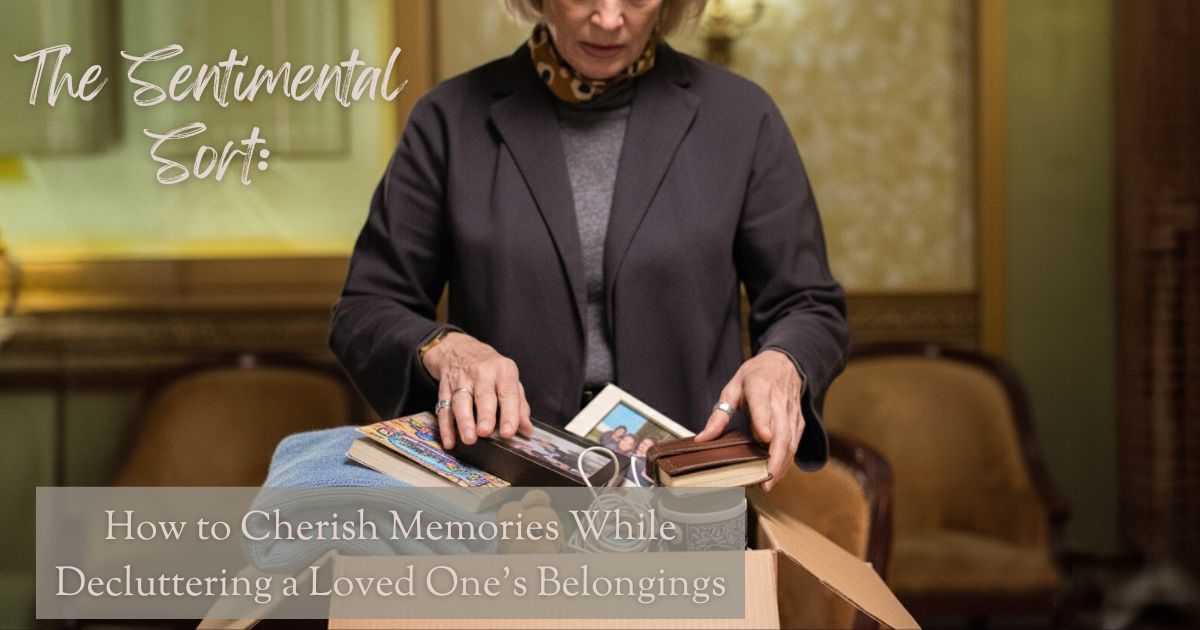
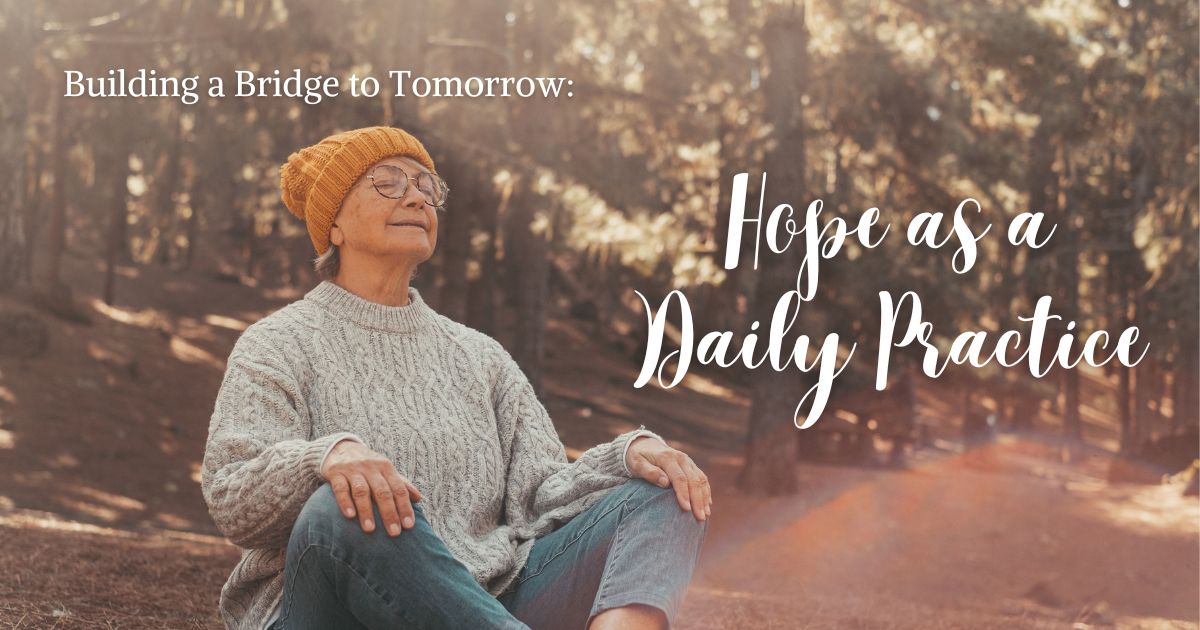

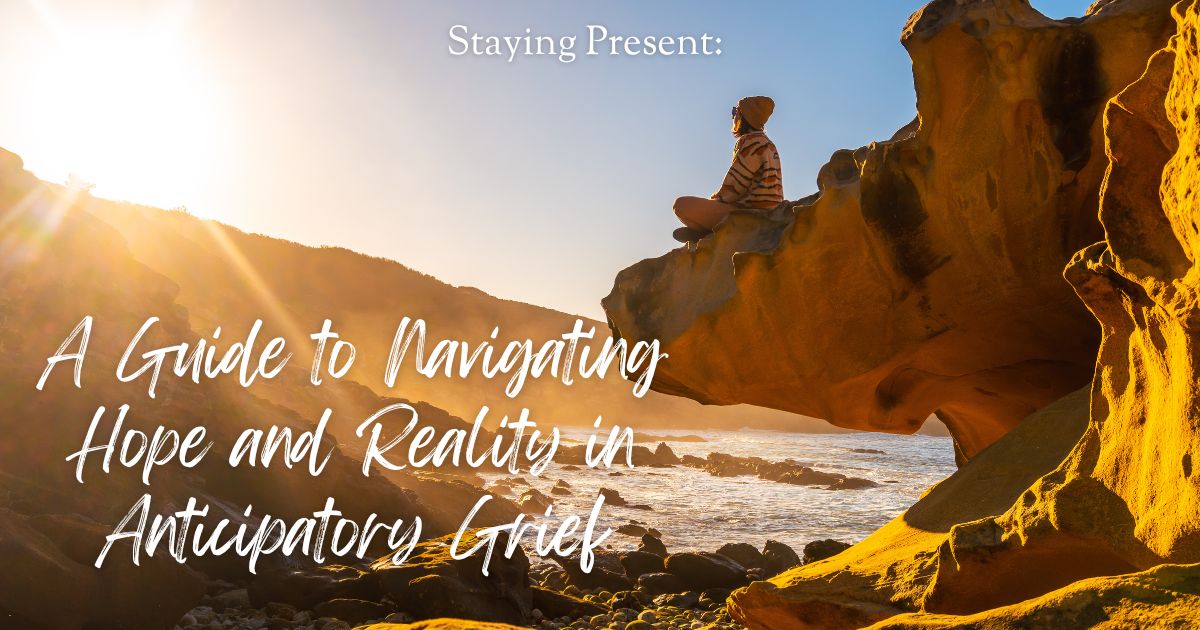
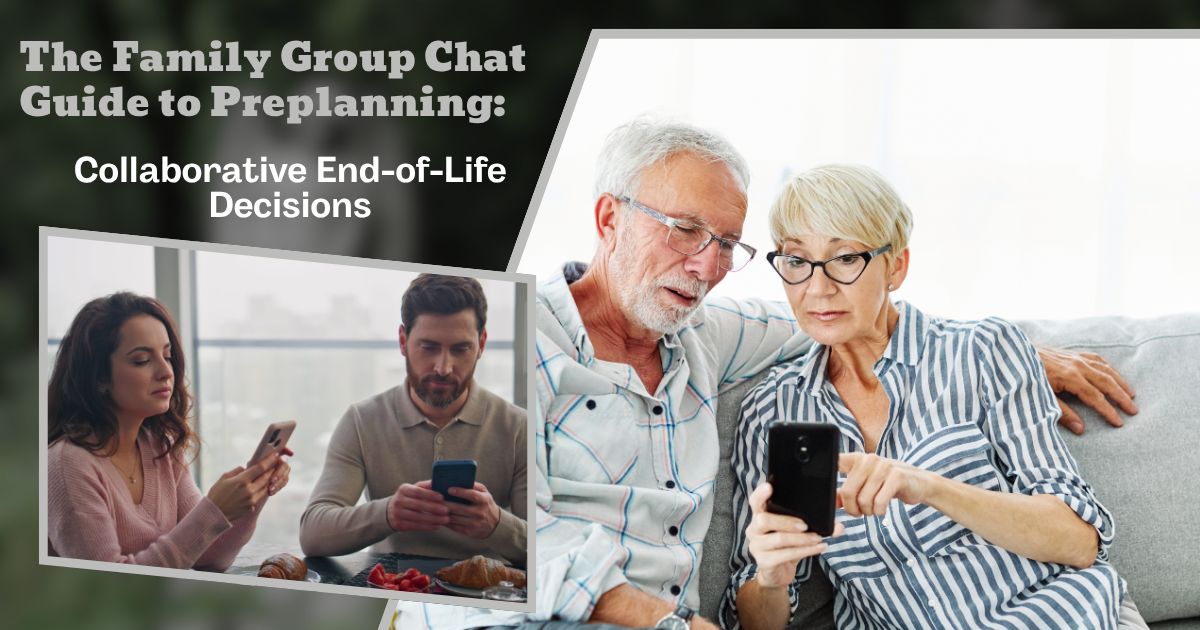
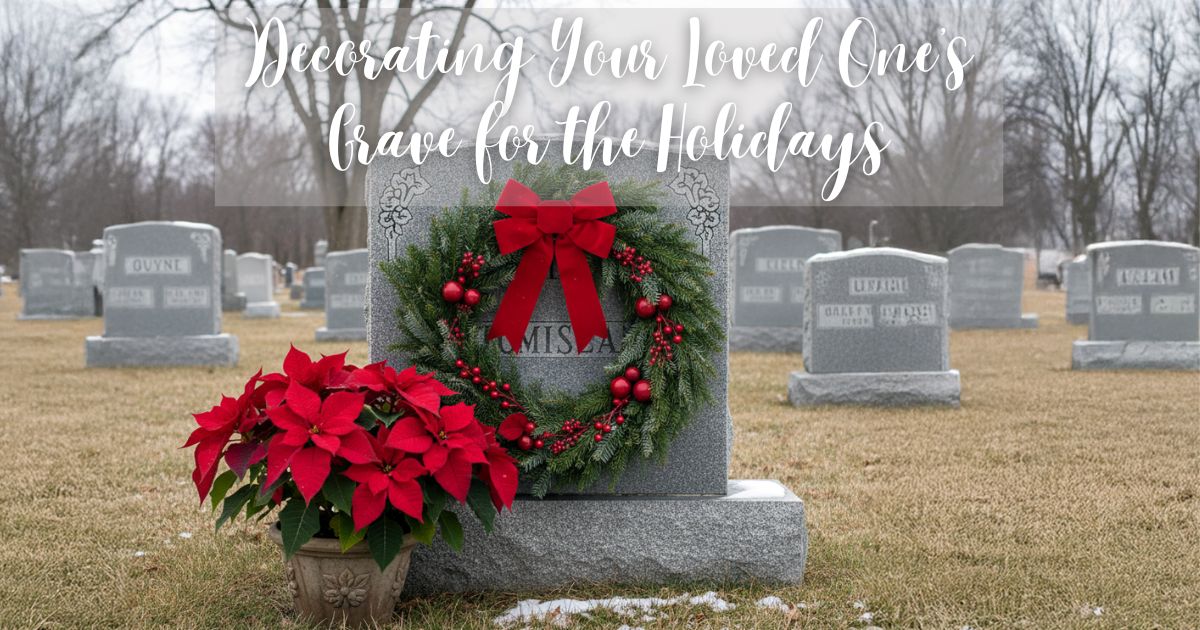

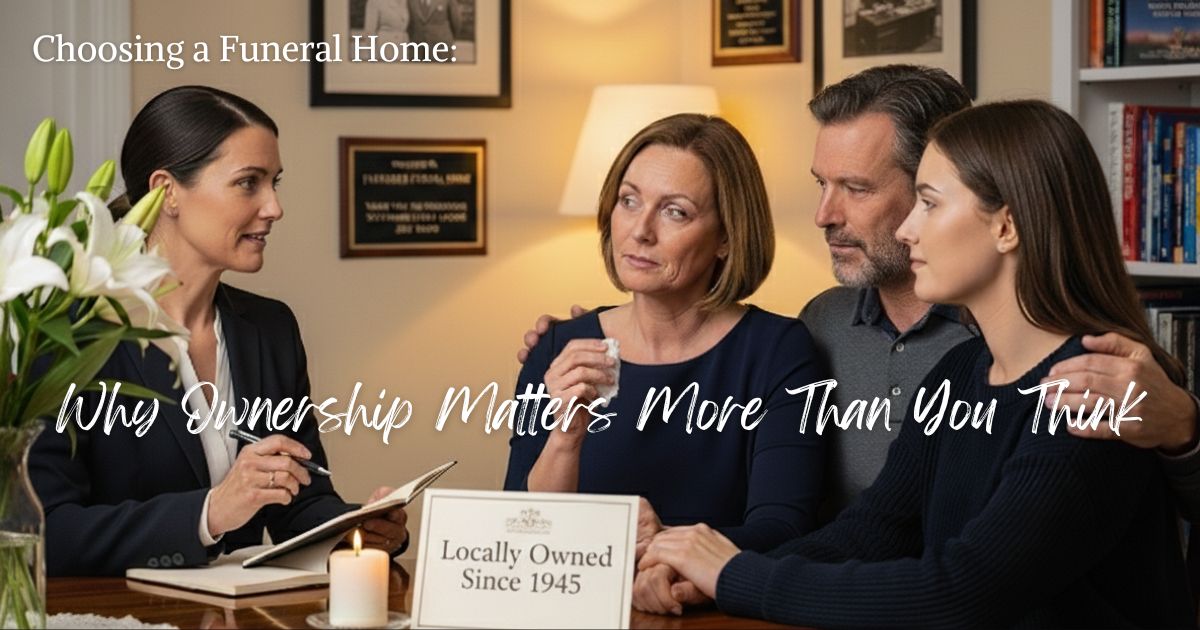
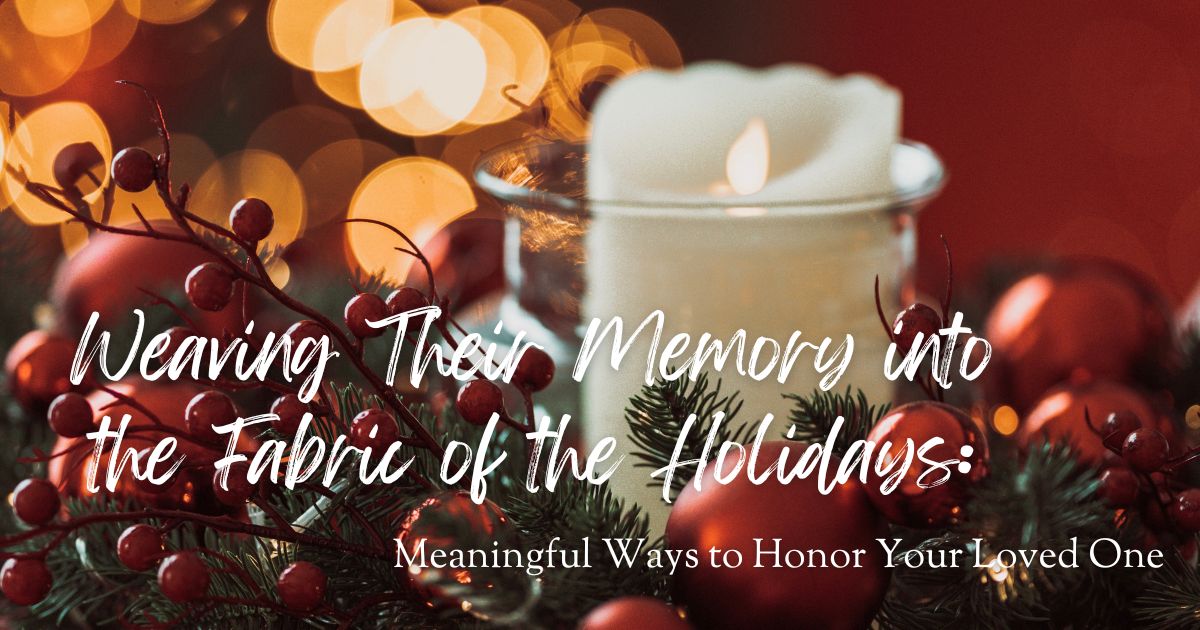

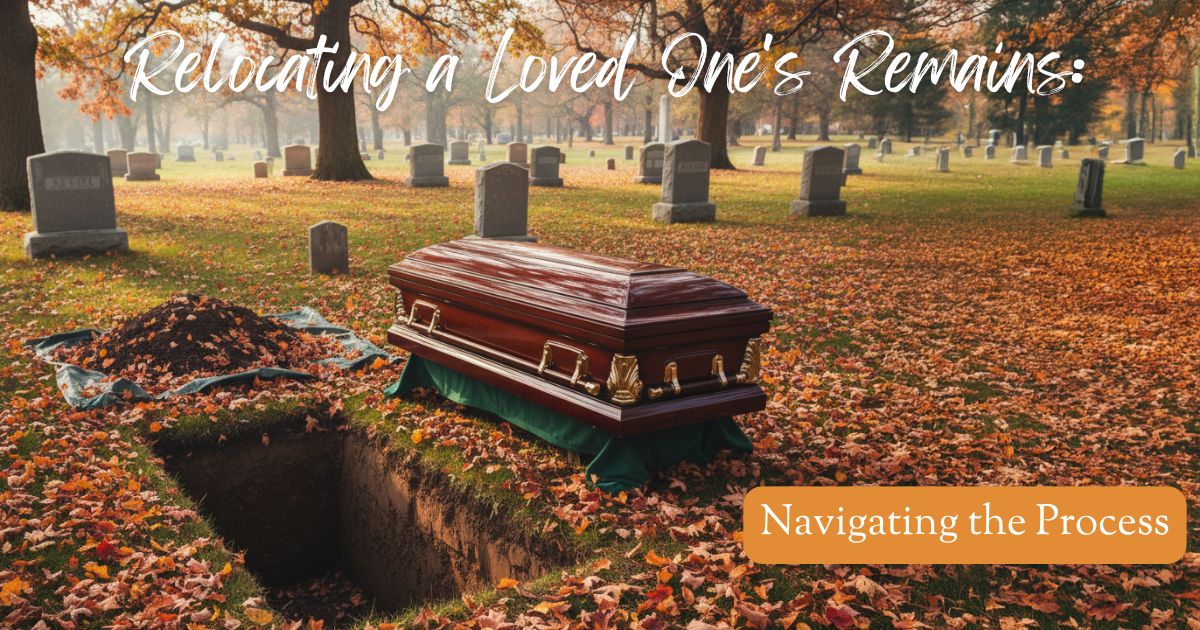
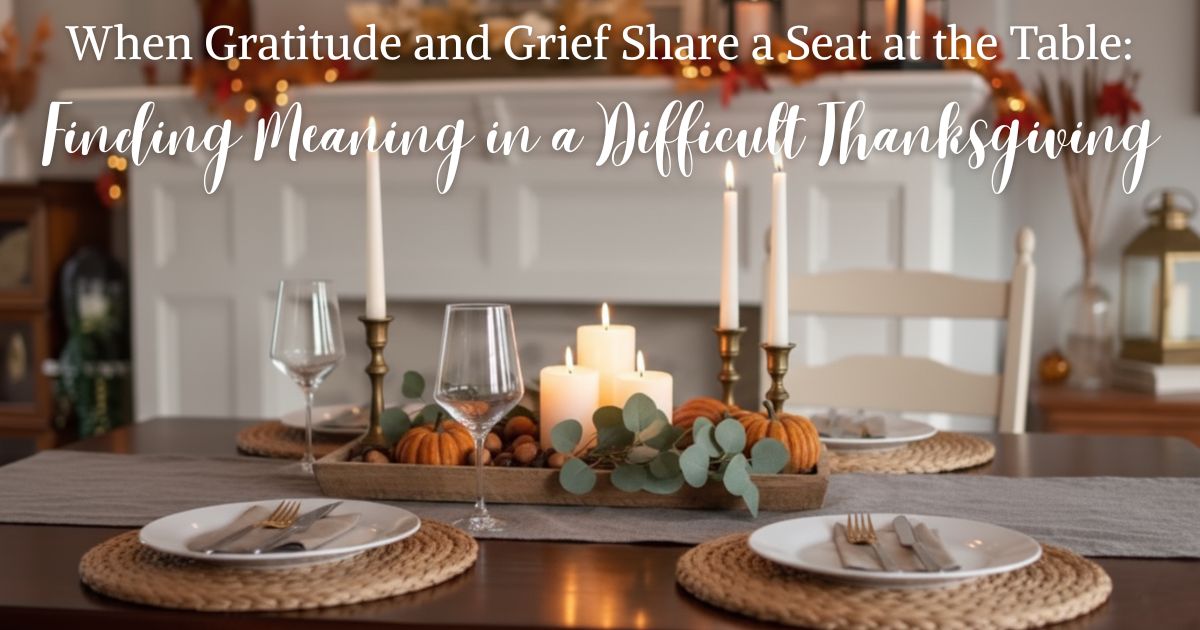
.png)
.png)
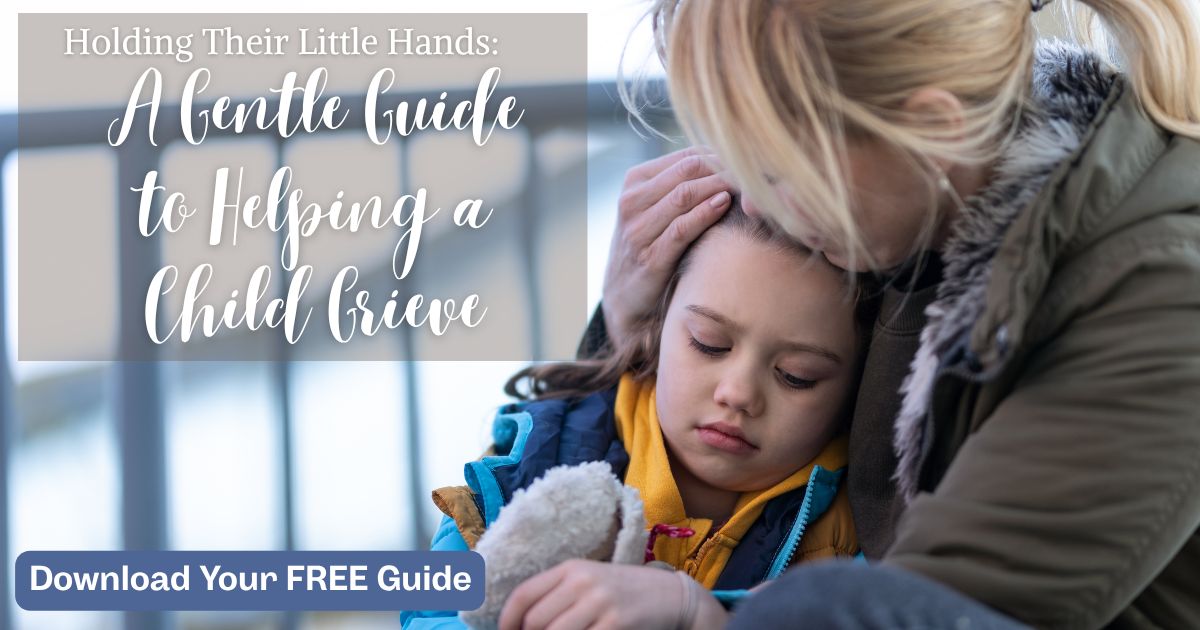
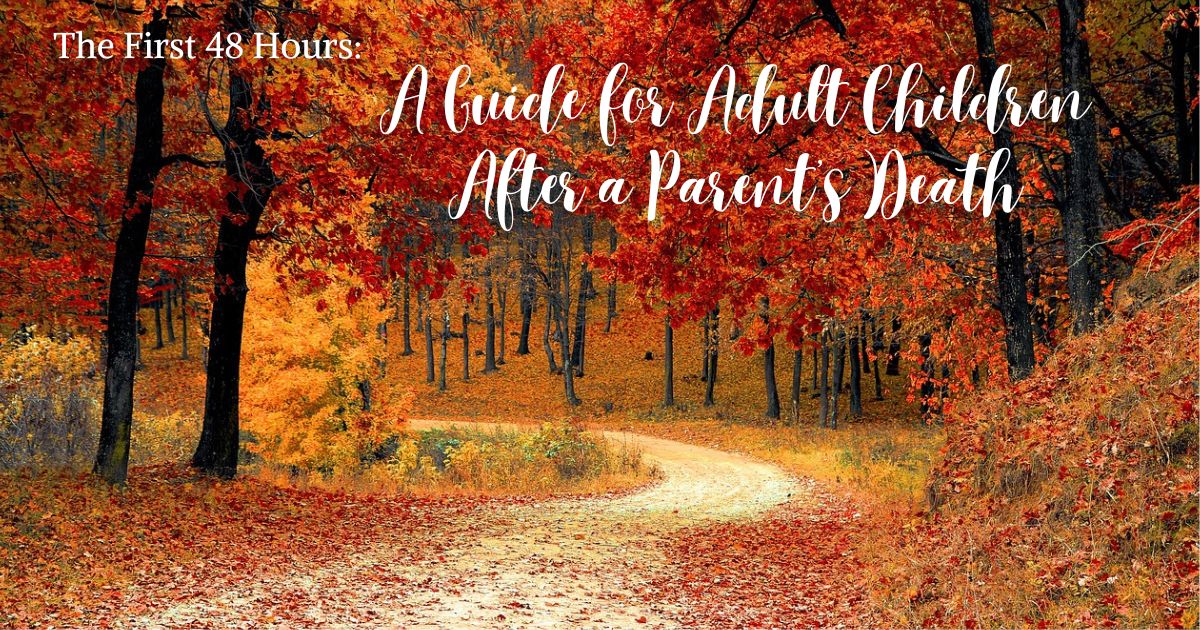
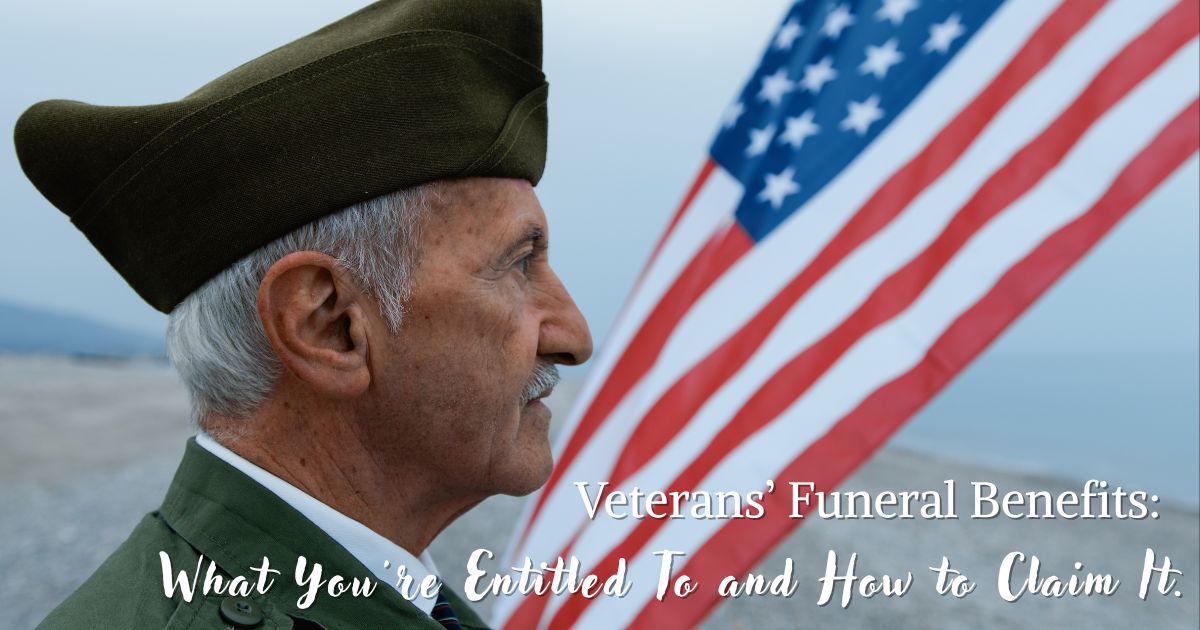
.png)
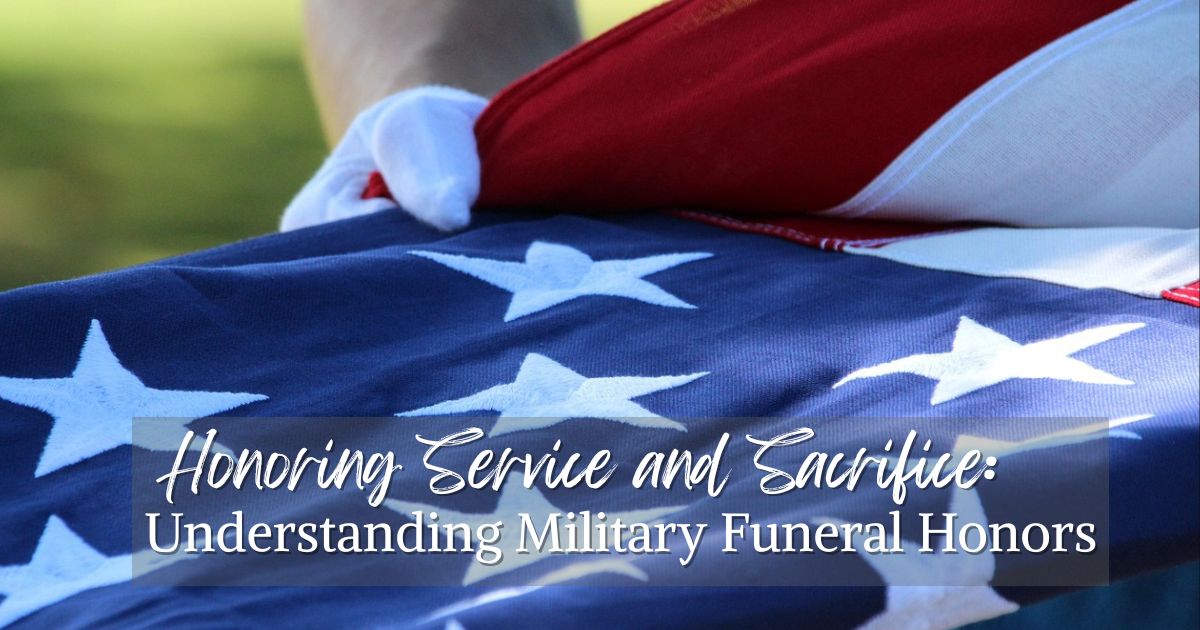
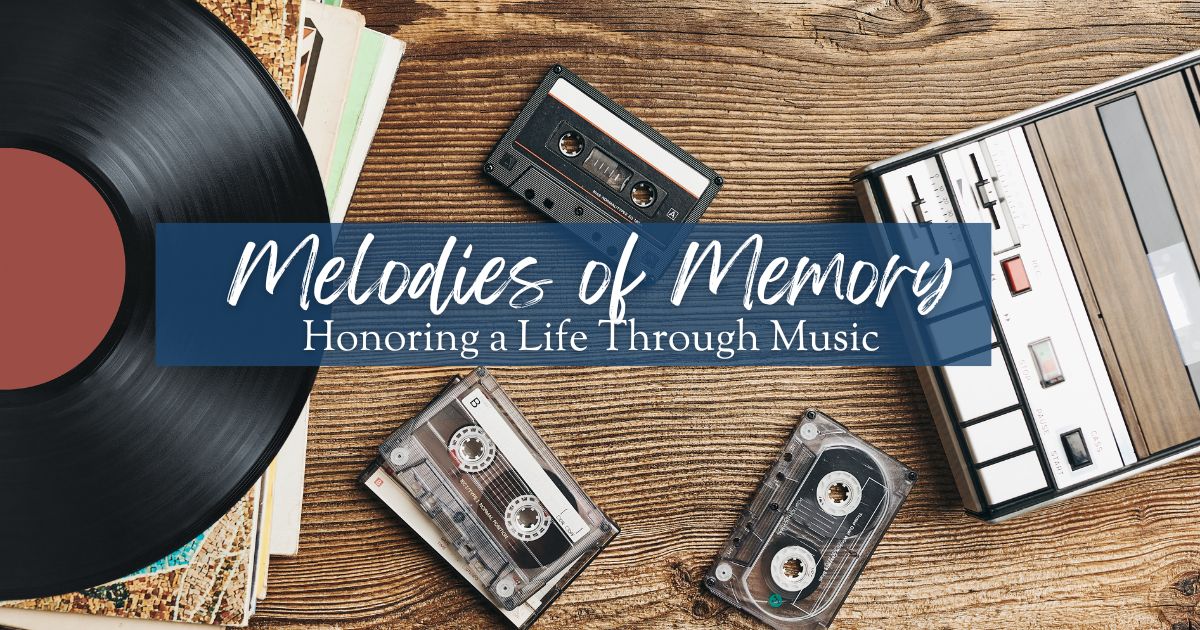
.png)

